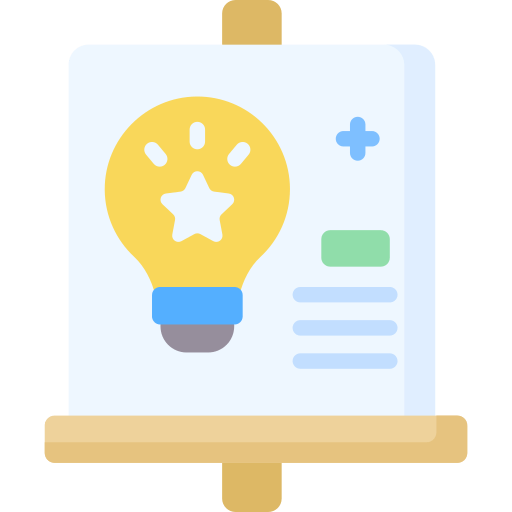Predict peak times & optimize staffing using historical patient admission data, real-time hospital occupancy, and external
factors (e.g., flu season, local events, and weather conditions). Balance staff workloads to prevent burnout and ensure
fairness. Enable dynamic shift adjustments with automated scheduling that adapts to real-time hospital demand.
Traditional scheduling is often manual, inefficient, and leads to overstaffing or understaffing, impacting both hospital costs
and patient care quality.
Technologies
- Big Data & Real-Time Analytics
(Apache Spark, Snowflake, BigQuery).
- Machine Learning (XGBoost, Random
Forest, LSTMs).
- IoT & Wearable Tracking (RFID, BLE
Sensors).
- Natural Language Processing (NLP) &
Sentiment Analysis.
- Cloud-Based Workforce Management
Systems (Workday, Kronos, UKG,
AWS Lambda).
- Predictive Analytics for Patient
Admissions.
Actions
- Develop AI models that analyze
historical admissions, seasonal trends,
and real-time hospital occupancy.
- Create shift balancing algorithms that
consider skill levels, certifications, rest
periods, and legal work hour limits.
- Collect IoT & EHR interaction data to
assess time spent per patient,
efficiency, and movement tracking.
- Analyze patient feedback & sentiment
data to measure staff effectiveness
and communication quality.
- Integrate predictive analytics with
external data (seasonal diseases,
pandemics, weather, large events) to
anticipate staffing surges.
- Use reinforcement learning models to
continuously improve workforce
allocation over time.
Business Impact
1. Reduces Operational Costs:
Eliminates unnecessary staffing
expenses while ensuring adequate
coverage during peak times.
2. Enhances Patient Care: Ensures
critical departments (ICU, ER, surgery)
are never understaffed, reducing wait
times, and improving response
efficiency
3. Prevents Staff Burnout: AI-powered
scheduling balances workload,
reducing overtime stress, and high
turnover rates among healthcare
workers.
4. Data-Driven Performance
Management: Identifies staff
inefficiencies, highlights training
needs, and rewards high performers.











